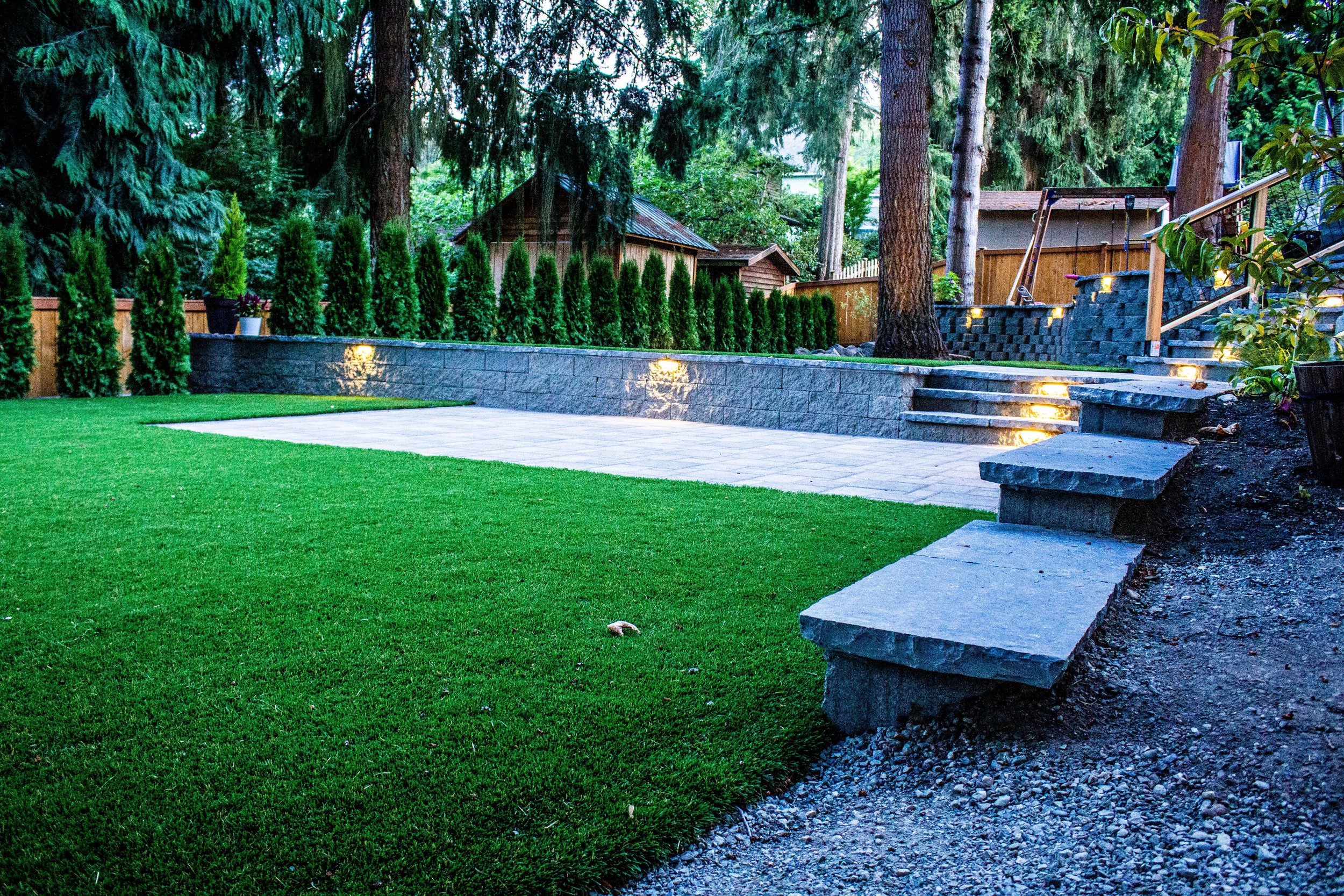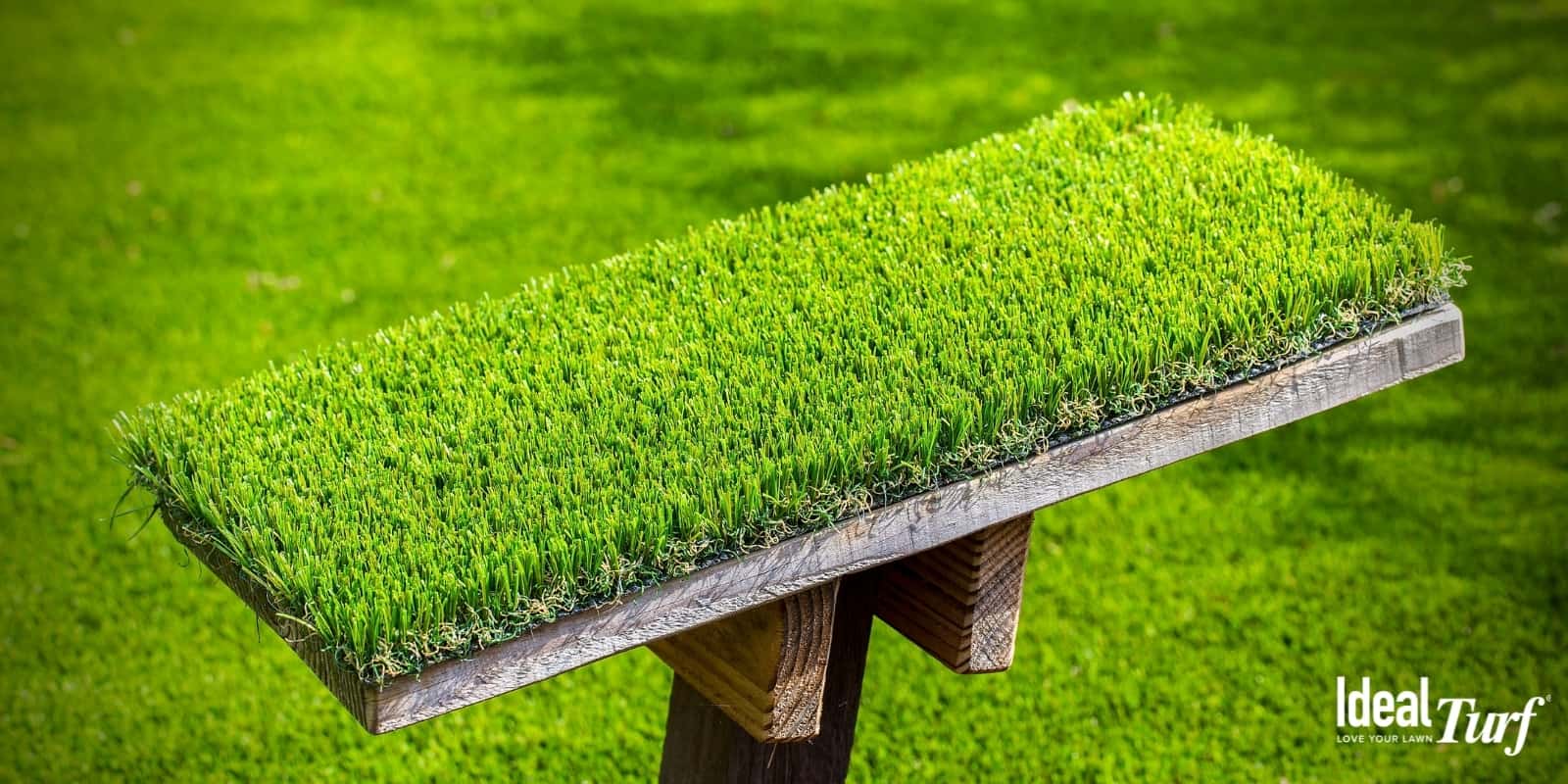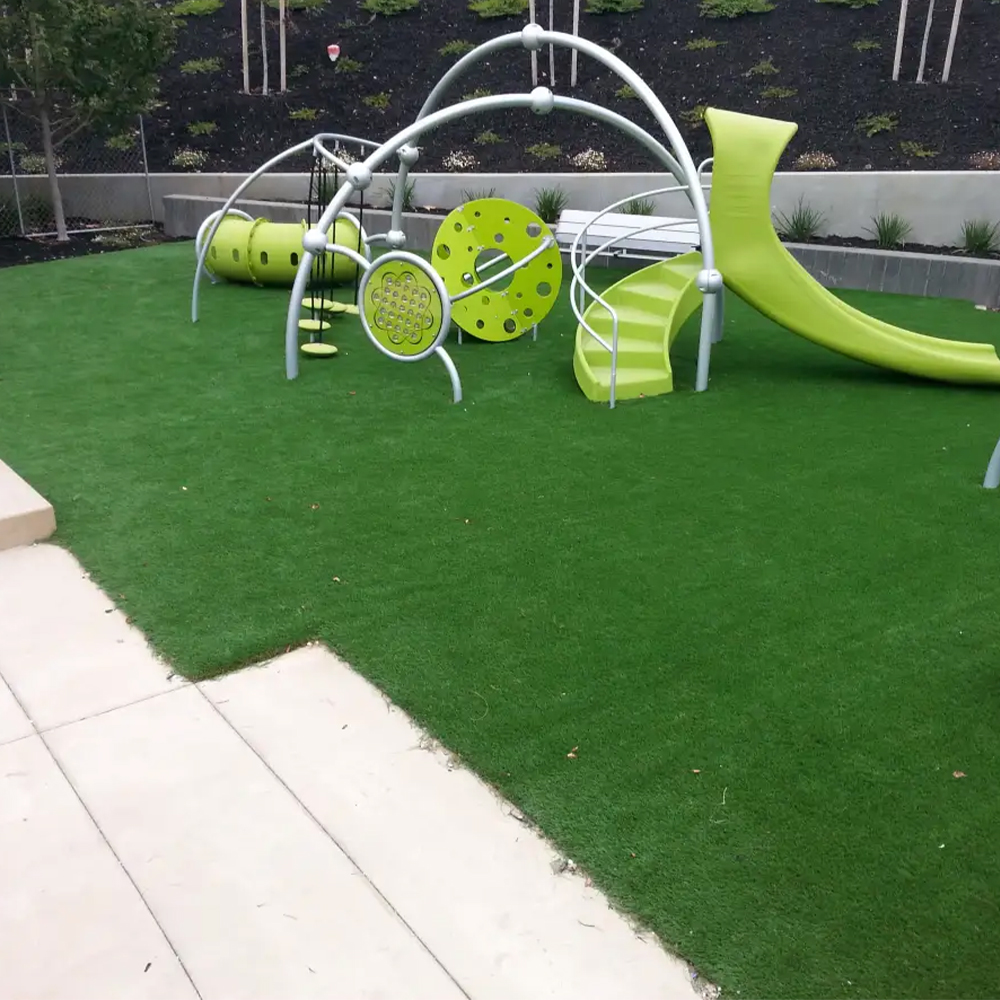Professional Arizona Turf Installation Services for Home and Business Use
Professional Arizona Turf Installation Services for Home and Business Use
Blog Article
Explore the Environmental Benefits of Opting for Synthetic Grass Solutions
The fostering of artificial turf options provides a compelling possibility to address pressing environmental obstacles. By significantly decreasing water usage and minimizing the application of dangerous chemicals, these options not just advertise lasting landscaping but also safeguard regional communities.
Water Conservation Benefits
One of one of the most substantial advantages of synthetic grass is its ability to conserve water. Standard lawn lawns call for considerable irrigation, especially in areas vulnerable to drought or water limitations. On the other hand, synthetic grass does not need watering, substantially lowering the general need for water resources. This feature is especially beneficial in dry areas where water scarcity is a pushing issue.
By eliminating the demand for normal watering, synthetic grass contributes to lasting landscape techniques and helps minimize the environmental effect of excessive water intake. Additionally, the conservation of water extends to the decrease of runoff, which can lead to soil erosion and waterway contamination.
In addition, the installation of synthetic grass allows home owners and communities to allot water resources much more effectively, concentrating on essential usages such as alcohol consumption water and agriculture. The shift towards synthetic grass not just promotes responsible water use however also aligns with more comprehensive ecological goals focused on protecting natural resources.
As communities increasingly prioritize sustainability, the water preservation benefits of synthetic grass provide a compelling case for its adoption in business and residential landscape design tasks.
Reduced Chemical Usage
The transition to artificial grass significantly decreases the reliance on chemical therapies generally used in natural grass upkeep. Traditional turf administration generally includes the application of herbicides, plant foods, and pesticides to advertise development and control pests. These chemicals can present threats to human health and wellness, regional wild animals, and the environment, adding to dirt and water contamination.
On the other hand, man-made grass eliminates the demand for these damaging compounds. When mounted, it requires marginal upkeep, mainly containing normal cleaning and occasional infill replenishment. This decrease in chemical usage not just benefits the immediate atmosphere however also contributes to broader environmental stability. By minimizing the launch of synthetic compounds right into the community, synthetic grass advertises much healthier soil and water supply.
Additionally, the lack of chemical runoff related to artificial grass installments assists protect neighborhood rivers from pollution, sustaining water life and keeping biodiversity. Arizona turf. As neighborhoods progressively focus on lasting practices, going with man-made grass presents a practical solution that straightens with environmental preservation objectives. With this change, homeowner can take pleasure in lavish eco-friendly spaces without endangering eco-friendly health and wellness, paving the method for a much more sustainable future
Reduced Carbon Impact

Moreover, the installation of synthetic grass can lead to significant water conservation. All-natural grass require substantial quantities of water for irrigation, which not just includes in the carbon footprint linked with water extraction and treatment but likewise pressures regional water sources. On the other hand, synthetic grass requires very little upkeep, requiring no watering, consequently dramatically reducing water usage and its associated power prices.
Additionally, the durability of man-made turf contributes to its reduced carbon influence. check these guys out With a life-span of approximately 15 years or more, the requirement for frequent substitutes is reduced, leading to less waste and lower energy consumption in manufacturing and dealing with typical grass alternatives. Generally, synthetic grass presents a lasting alternative for environmentally mindful landscaping.
Habitat Preservation
Environment conservation is an essential consideration in the debate over landscape design selections, particularly when comparing fabricated lawn to natural turf. All-natural turf yards commonly call for considerable upkeep, including the usage of plant foods, pesticides, and herbicides, which can negatively influence local communities. These chemicals can leach into the dirt and rivers, hurting native plants and fauna and disrupting neighborhood environments.
Artificial grass gets rid of the need for hazardous chemicals, thus securing nearby wild animals and keeping the honesty of bordering environments. The setup of man-made turf can lead to the conversion of former yard locations into even more biodiverse landscapes, such as pollinator gardens or indigenous plant locations, which can sustain neighborhood wild animals.
Ultimately, the shift to synthetic lawn not just conserves water and minimizes maintenance initiatives yet likewise cultivates a much more harmonious connection in between human activities and the natural surroundings, advertising habitat preservation in the process.
Long-Term Sustainability
Lasting sustainability is a crucial consider assessing the benefits of fabricated lawn over conventional lawn yards. One of one of the most substantial benefits of man-made turf is its toughness; it can last as much as 15-20 years with minimal upkeep, whereas all-natural lawn needs regular reseeding and replacement. This longevity decreases the demand for constant sources, such as water, fertilizers, and chemicals, which are essential for preserving a healthy and balanced grass lawn.
Furthermore, artificial turf adds to a decrease in carbon exhausts connected with lawn treatment equipment. Traditional lawns commonly require gas-powered mowers, leaners, and blowers, all of which contribute to air contamination. Artificial turf companies phoenix. On the other hand, synthetic grass gets rid of the demand for such tools, advertising a cleaner setting
Moreover, the manufacturing of artificial lawn increasingly makes use of recycled products, enhancing its sustainability profile. As suppliers adopt eco-friendly practices, the ecological impact of synthetic grass remains to lessen.

Verdict
The adoption of you could look here synthetic grass services provides substantial environmental benefits, consisting of considerable water preservation, decreased dependence on hazardous chemicals, and a reduced carbon footprint. Furthermore, synthetic grass aids in preserving natural environments by minimizing land disturbance and advertising long-lasting sustainability through making use of resilient materials. Collectively, these elements highlight the capacity of artificial turf to add positively to ecological health and offer a feasible alternative to standard landscaping practices in an increasingly resource-conscious world.
In contrast, fabricated lawn does not require watering, considerably minimizing the overall need for water resources. By reducing the launch of artificial compounds into the environment, fabricated turf promotes healthier soil and water systems.
Furthermore, the installment of artificial turf can result in considerable water preservation. In contrast, fabricated lawn requires marginal upkeep, needing no watering, thereby dramatically reducing water usage and its linked power prices.

Report this page